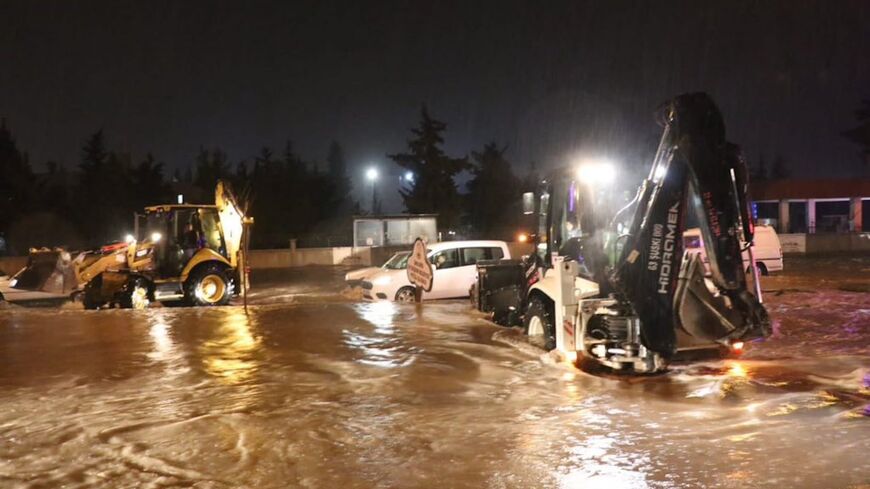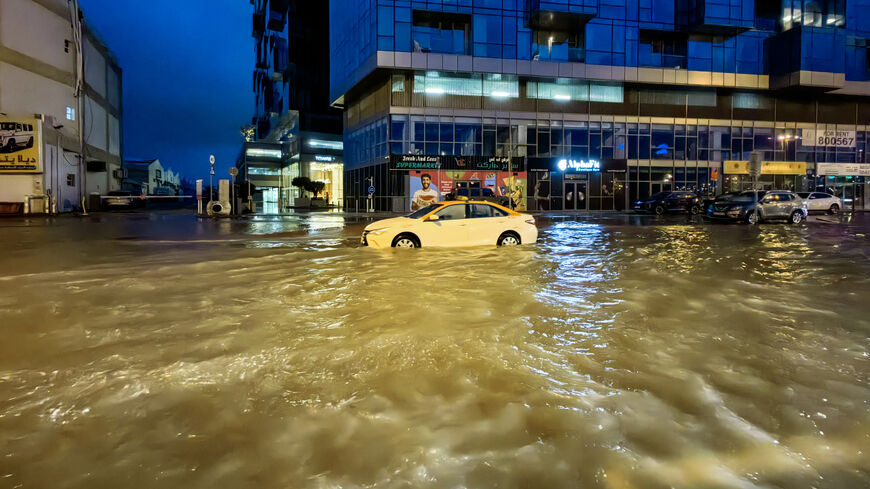Floods in northeastern Iran leave at least 7 dead
The Persian Gulf region has experienced intense rainfall in recent weeks, and hundreds have been killed by floods in neighboring Afghanistan.

Several people have been killed as of Thursday due to intense flooding in Iran, according to local media.
Up to 38 millimeters (1.5 inches) of rain fell in one hour on Wednesday on Mashhad, in the northeast. Seven people were confirmed dead as of Thursday, the reformist news outlet Sharg and the semi-official Mehr News Agency reported, among others.
Local fire department chief Hamidreza Kafiniya said the dead included a mother and four children who were killed when their house was destroyed in the city’s Seyyedi district, according to the outlets.
Videos on social media showed the severity of the flooding in Mashhad.
وضعیت سیل و تخریب خودروها در مشهد: pic.twitter.com/lLaDkYLpx6
— Arash Hashemi • آرش هاشمی (@iaaraash) May 15, 2024
At least 12 people were missing as of Thursday, with searches ongoing, according to the reports.
Why it matters: Flooding is a somewhat regular occurrence in Iran, particularly during the rainy season, which runs from November to May. This past March, floods in the southeastern Sistan and Baluchistan province caused more than $40 million in damage.
The area also experienced flooding in April amid heavy thunderstorms that hit the Persian Gulf region, including Dubai.
Earlier this month, 21 provinces across Iran suffered flooding, according to Iran International, a London-based news outlet. Exceptionally devastating flooding in 2022 left at least 80 people dead nationwide.
Iranian authorities have been accused of mismanaging the country's flood response. Iran International in March reported only scarce government aid in parts of Sistan and Baluchistan during the floods, with some citizens working to reopen roads themselves.
Know more: Flash floods hit neighboring Afghanistan last week, killing more than 300 people in the northeastern Baghlan area, according to the World Food Program.
The Islamic Republic News Agency reported on Wednesday that Taliban authorities had requested help from the Iranian Red Crescent Society. The organization is preparing to send humanitarian aid, according to the agency.








